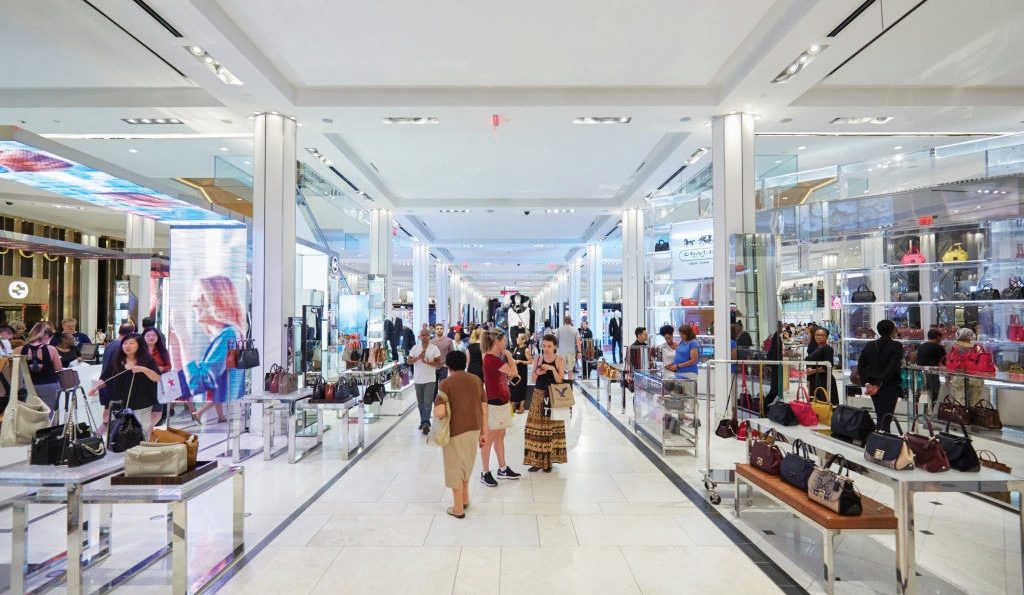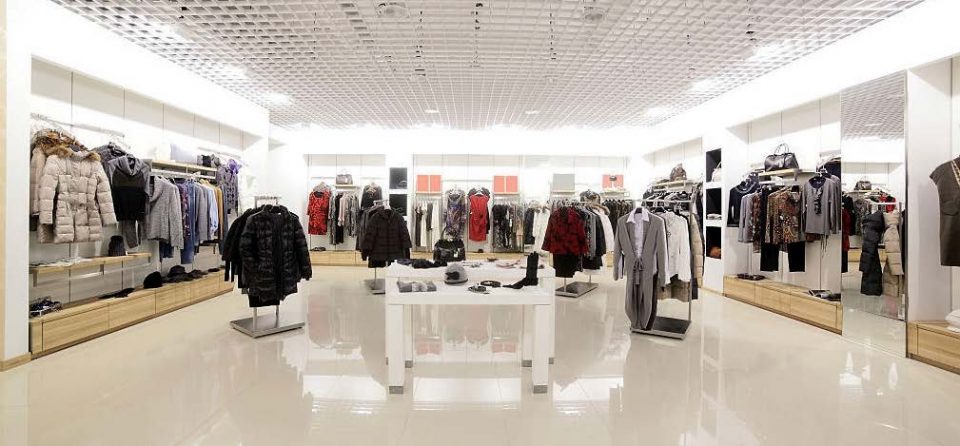Will holiday Sales be Affected?
What will be impact on Apparel Sales?
America’s trade war with China threatens to push up product prices, which could hurt consumer spending this holiday season, a period which makes up nearly 40% of annual revenue for many retailers. The two countries are currently struggling to strike a preliminary trade deal.
But while tariffs have driven up costs of goods for many retailers, at least the large firms have so far refrained from passing that cost pressure to shoppers, according to interviews with researchers, consultants and retail companies.
According to the National Retail Federation (NRF), e-commerce sales are slated to increase between 11% and 14% this holiday season. Interestingly, 79% of consumers surveyed by NRF in September cited they are concerned that tariffs will cause prices to rise, potentially impacting their holiday shopping experience.

On Sept. 1, 2019, the latest round of tariffs on Chinese imports went into effect on about $112 billion worth of Chinese imports. The 15% taxes apply to products such as apparel, shoes, diapers, electronics, sporting goods, and other consumer products that are highly sought after as holiday gifts. As a result of the tariffs, many U.S. companies, including those who operate on Amazon, are faced with a crucial decision: to pass on the higher prices to their customers or absorb the costs to remain competitive, which will ultimately lower their margins.
According to CNBC, with that round of tariffs in place, 87% of textiles and clothing from China and more than half (52%) of shoes will be subject to import taxes. An additional tariff increase of 5% — bringing them from 25% to 30% — was slated for Oct. 15, but has since been delayed after successful negotiations in Washington D.C. in the days leading up to the targeted increase. As a result of the negotiation, China agreed to buy between $40 and $50 billion in U.S. farm products.
The 15% tariffs on $160 billion worth of goods for “round two” are still scheduled to go into effect on Dec. 15, during the height of the holiday shopping season — and are estimated to cost the average U.S. household $1,000 a year. Products that will be impacted include cell phones, consumer electronics, laptops, toys, and clothing.
The ongoing trade disputes between the U.S. and China will not only impact consumers with increased prices this holiday season, but set high stakes for brands and retailers who need to decide how they are going to handle the tariffs.
The good news is your Black Friday and other holiday shopping should be safe. Trade experts predict that consumers will likely start seeing more significant price hikes by spring. And if tariffs aren’t rolled back within the next few months, those increased prices will be much more visible in the 2020 holiday shopping season than they are in 2019. Next year’s holiday shopping season incidentally starts right around the Nov. 3 presidential election.
Even if a trade deal isn’t reached by Dec. 15 and the higher tariffs take effect, consumers aren’t likely to see price hikes before Christmas since the inventory being sold in the US has already been imported for sale. But there could be instances in which retailers try to take advantage of the news around the tariff to hike up prices anyway.
Consumers will likely see the effects of the tariffs after the holiday shopping season. Once retailers run out of holiday inventory, it will be harder for them to absorb the costs when they restock in 2020. There will eventually be a breaking point and prices on some products will go up. When that happens, it could be very noticeable to consumers on high-ticket items like phones or laptops.
Impact on shoppers
Shoppers will buy fewer items to avoid spending more this holiday season. A survey of over 1,750 consumers by Coresight Research found that:
• 57% are concerned about higher prices for holiday goods due to tariffs
• 22.5% indicated they will buy fewer items
• 22% said they will switch to a cheaper retailer if necessary
• Just under 70% said they will not increase spending to keep up with price hikes.
“Trade experts predict that consumers will likely start seeing more significant price hikes by spring. And if tariffs aren’t rolled back within the next few months, those increased prices will be much more visible in the 2020 holiday shopping season than they are in 2019.“
What Sort of Holiday Goods Will Be Impacted?
Assuming retailers pass on the cost of tariffs to customers, the following are just some of the goods that holiday shoppers will pay more for,
1. Toys: 17% increase
2. Shoes: 8% increase
3. Furniture: 4% increase
The Trade Partnership estimates that for each year the tariffs are in effect, U.S. shoppers will pay:
• $3.7 billion more for toys
• $2.5 billion more for shoes
• $4.4 billion more for apparel
• $1.6 billion more for household appliances
J.P. Morgan estimates that the new tariffs could cost the average U.S. household $1,000 per year. While some retailers with strong bargaining positions such as Target have told their suppliers they will not accept cost increases arising from the China tariffs, smaller retailers will be forced to pass on the costs to customers in order to survive.




